
A documentary which follows the famous British artist Marc Quinn over a year in his life as he creates, exhibits and sells new and indeed old work in galleries across the world. We gain a unique insight into the whole business of being a successful contemporary artist in the highly lucrative but cutthroat contemporary art world. And we watch as he comes up with exciting new ideas in unexpected places and then brings them to fruition often on an industrial scale. The film is made in an intimate, hand held style by award-winning director Gerry Fox who has made previous films with the artist and so is able to question and prod him forcefully from behind the Canon 5-D camera.
You May Also Like
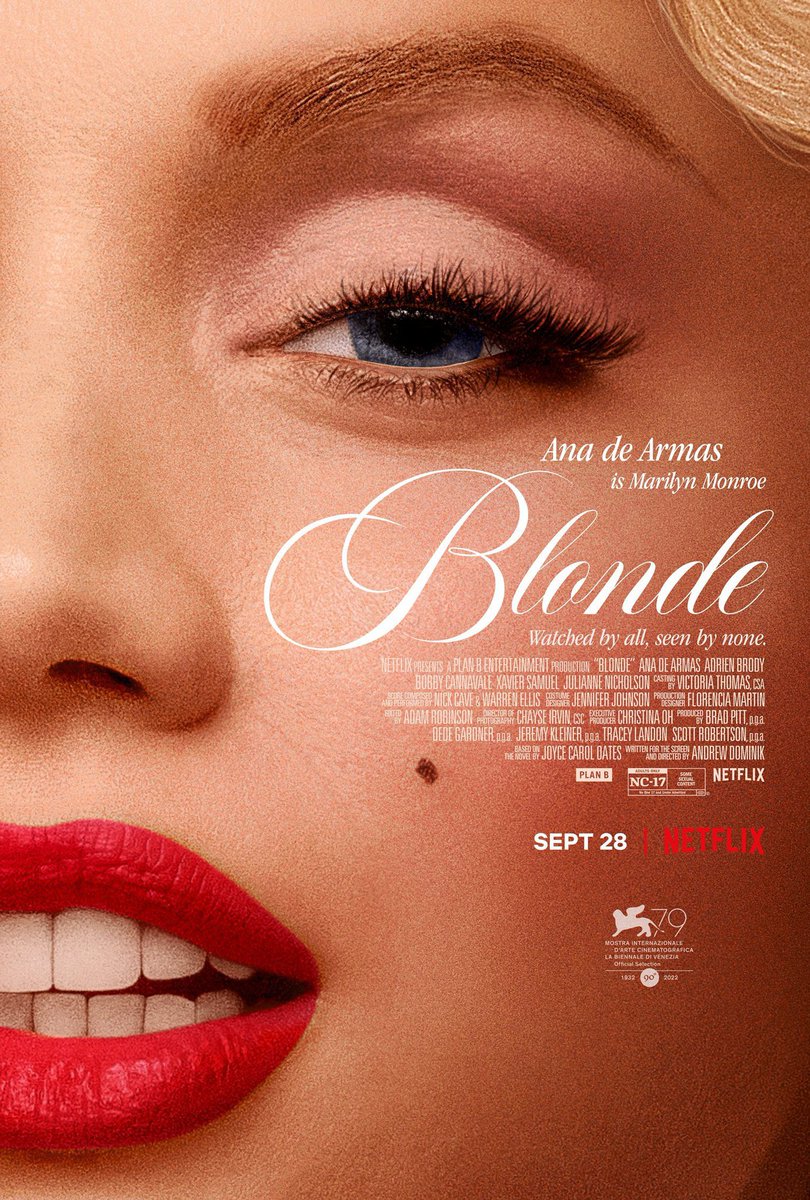
From her volatile childhood as Norma Jeane, through her rise to stardom and romantic entanglements, this reimagined fictional portrait of Hollywood legend Marilyn Monroe blurs the lines of fact and fiction to explore the widening split between her public and private selves.
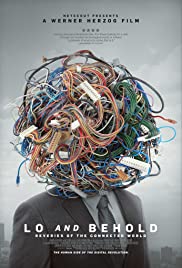
Werner Herzog’s exploration of the Internet and the connected world.

Reynhard Sinaga is the UK’s most prolific rapist. Posing as a good Samaritan outside Manchester nightclubs, he drugged, sexually assaulted and filmed his depraved acts with at least 200 young men for the past 12 years.
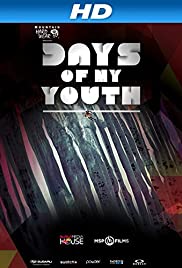
Red Bull Media House, in association with MSP Films, presents Days Of My Youth, a new action-packed film that examines every skier’s lifelong affinity for the sport and proves that skiing can keep you feeling young for a lifetime.

Documentary telling the important story of service people discharged from the UK Armed Forces simply for being LGBTQ+.
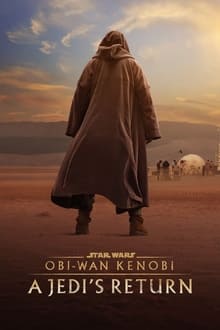
A new documentary that showcases the making of the epic limited series. Features never-before-seen, behind-the-scenes footage, interviews and visits to the creature shop and props department.
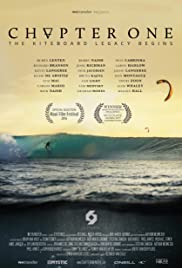
Adventure. Challenge. The simple joy of riding the wind. The best kiteboard riders each have their own reasons for pursuing their sport to its uttermost limits, but they’re united in revealing its breathtaking beauty to the world.
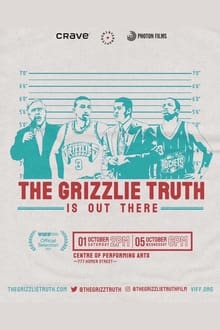
To die-hard fans of NBA franchise, the Vancouver Grizzlies, like filmmaker Kat Jayme, the team’s abrupt move to Memphis in 2001 is much more than a sore spot, it’s an unsolved mystery and possibly a criminal conspiracy. What begins as a superfan’s investigation into her hometown team’s disappearance, becomes a love letter to the worst professional sports franchise in history, and an exploration of the deep roots of fandom.
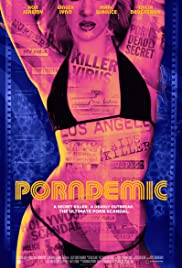
The inside story of the 1998 HIV outbreak that tore through the San Fernando Valley adult film industry told by the people who experienced it. Using archival footage and exclusive, original interviews with such recognizable adult performers as Ron Jeremy, Ginger Lynn, Marc Wallice and Tricia Devereaux among other, the film goes behind the scenes of the porn industry as it confronted a deadly disease which was a threat to it’s very existence.

In the frigid waters off of Russia’s Bering Strait, Inuit and Chukchi hunters today still seek out the giant sea mammals that have provided their people with food since time immemorial. It is known, that the whale hunting today is controversial and subject to international criticism and regulations. But the Inuit and Chukchi hunt is permitted by international law because of the whaling is the foundation of their culture and their life.
The contemporary story of elders Aleksandr and Aleksei blends seamlessly with that of “the woman who gave birth to a whale” and other ancient myths, told here in vivid animation, in this ongoing struggle for survival and preservation of a traditional lifestyle in one of the most remote places on earth.

If you thought TV shows in which audiences and juries judge musical acts were a relatively new phenomenon, you’d better think again. In the 1970s, such “festivals” were incredibly popular in Brazil. They were recorded before a live studio audience, and usually featured a number of elimination rounds. They also formed the springboard for the career of many a big-name star, such as Chico Buarque, Caetano Veloso, Roberto Carlos and Gilberto Gil. Appearing on such a program was no cakewalk, however: audiences could be as wild in their condemnation as in their appreciation of an artist. Extensive archive footage (including performances and behind-the-scenes interviews) from a turbulent final of the Festival of Brazilian Popular Music one evening in 1967 paints a fascinating picture, not only of the transformation of Brazilian music into real “festival” music, but also of a society starting to buck against the yoke of military rule.